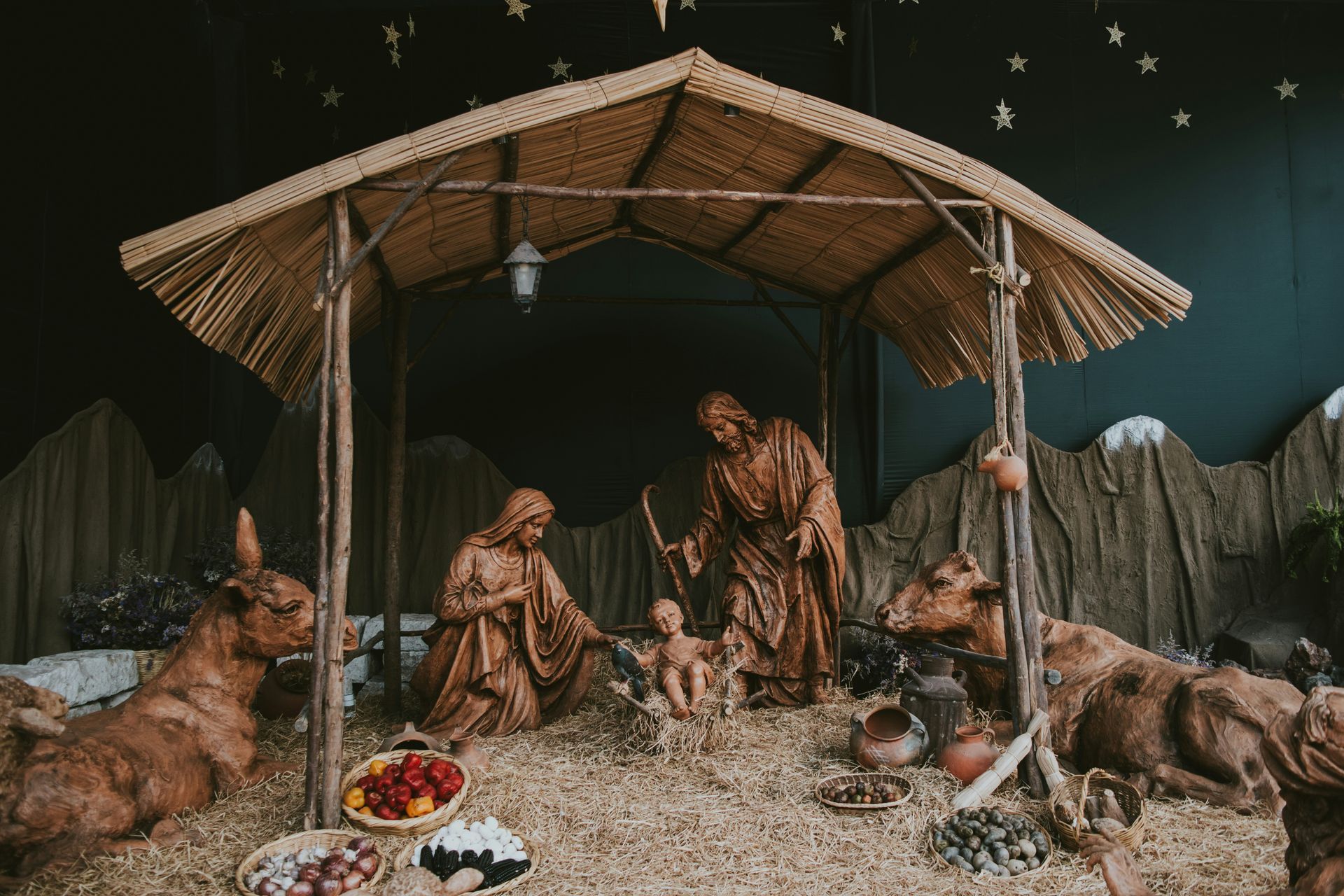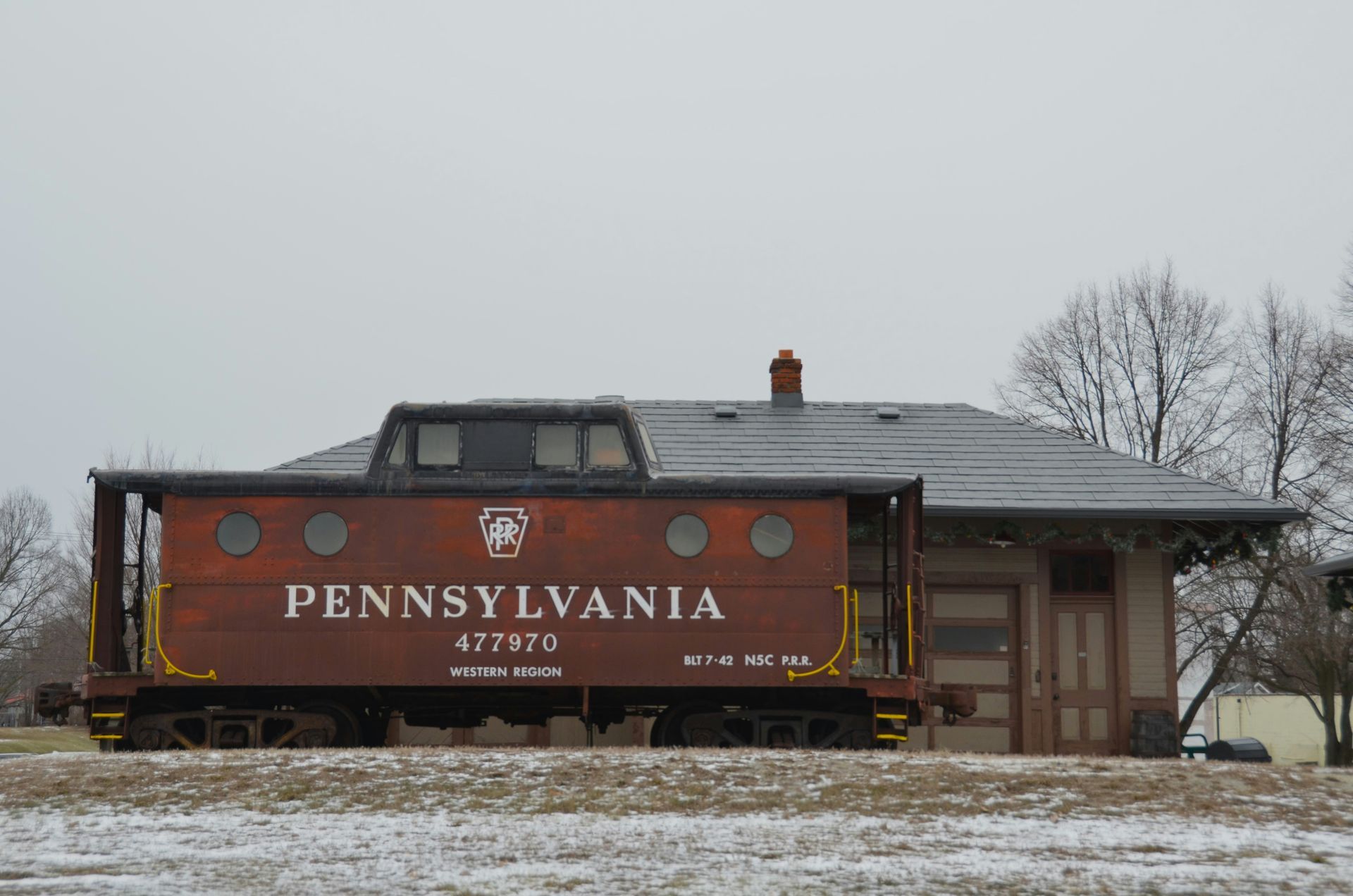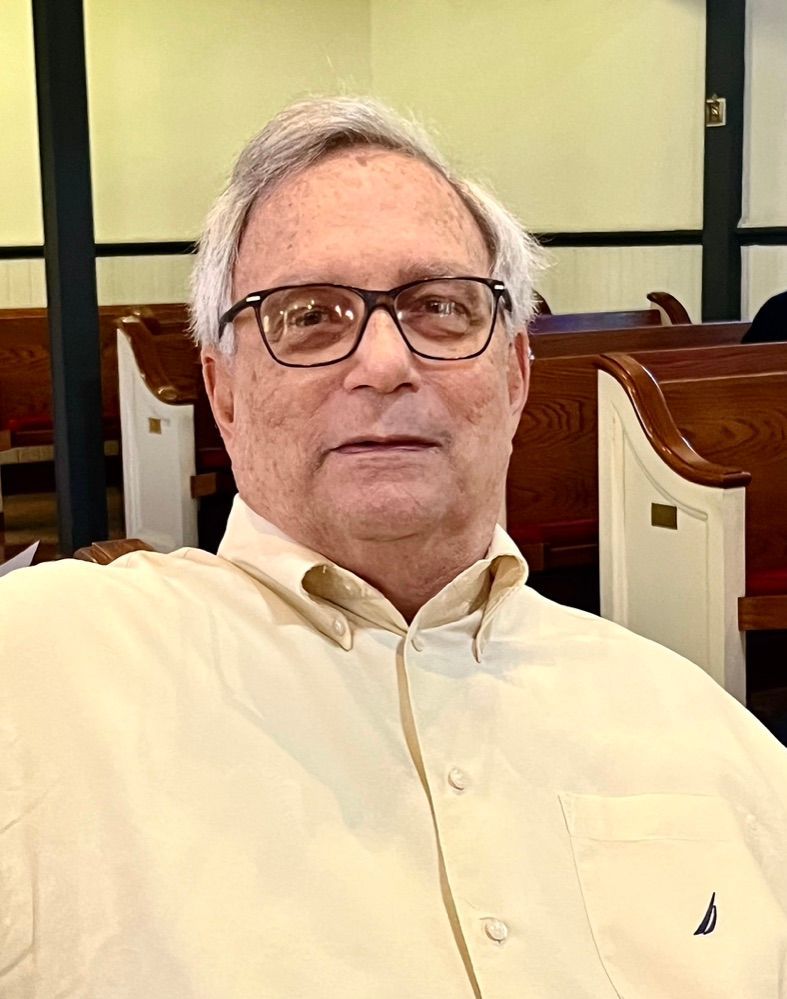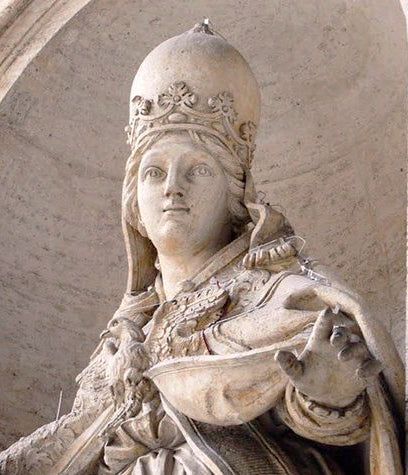The Tomb of Jesus

THE TOMB OF JESUS
By John Santosuosso
For I handed it on to you as of first importance what in turn I had received: that Christ died for our sins in accordance with the scriptures and that he was buried and that he was raised on the third day in accordance with the scriptures. Paul's First Letter to the Corinthians 15:3-4
We are rapidly approaching Good Friday. Many Christians prefer to skip over it and go from Palm Sunday to Easter morning. It is not the most pleasant day in the church year. The Apostle Paul would declare that it is a big mistake, and he makes clear that our Lord really did die and was definitely buried. There is an important reason for this. Even as early as the time of Paul there were those that claimed Jesus did not actually die on the cross. Perhaps he simply lost consciousness, or maybe he never really went to the cross. However, Paul knows that if Jesus was not crucified there was no resurrection. If there is no resurrection then Christianity has nothing much to say that had not already been said, and Paul would declare our faith is in vain. Yes, it is important to accept the reality that Jesus did die and that he was buried.
Ironically accepting the reality of the burial of Jesus raises another question. Where was he buried? The Gospels accounts are vague. Best known is the story in John of Joseph of Arimathea claiming the body of Jesus and burying it in a new tomb in a garden (19:39-42). He does not say where the garden is located.
Should you visit the Holy Land your religion might determine what you are told about the burial of Jesus. Muslims will be told that there is no tomb of Jesus because God raised him directly up to Heaven much the way he raised the prophet Elijah (suruh 4:157-158). Obviously that is not an acceptable answer to the Christian.
Protestants love to visit Jerusalem's Garden Tomb. Probably the reason for this is because it looks much like the tomb described in the Gospel of John that was the property of Joseph of Arimathea and is fairly close to the site of Roman crucifixions. The tomb was first discovered in 1867 by British General Charles "Chinese" Gordon, who would later die in the Battle of Khartoum in Sudan. Those responsible for the care and interpretation of the tomb take a rather conservative approach claiming it resembles the one in which Jesus was buried, but there is uncertainty that it is the actual burial tomb. Archaeologists generally think the tomb is too old to be the one described in the Gospel of John. If you never got to journey to Jerusalem but managed to visit the Holy Land Experience theme park in Orlando before its recent closure, you probably explored a reconstruction of a tomb based on the Garden Tomb.
Eastern Orthodox, Roman Catholics, and most Anglicans prefer the Church of the Holy Sepulcher in Jerusalem, which is said to contain the original tomb of Jesus. New Testament scholar John Dominic Crossan states that if crucifixion victims received burial at all, it was usually in a shallow grave close to the site of their death. The Church of the Holy Sepulcher is close to Golgotha, the Place of the Skull, the traditional site of the crucifixion of Jesus. The church site was shown to St. Helena, mother of Emperor Constantine the Great. Constantine had a Roman temple to Venus torn down in order to build a church here. As a result a tomb was discovered, and this was thought to be the true burial tomb of Jesus. It has been accepted as such by many Christians since the fourth century, and the fact that there was a Roman temple here may be the result of the Romans wanting to hide its earlier history. No place probably has a better claim to be the original burial site, but its claim is hardly beyond reasonable doubt.
When I first moved to Lakeland some decades ago, I developed a friendship with a retired Presbyterian minister by the name of Robert Hannum. Bob was a fascinating person. He was born in India of missionary parents and spoke fluent Hindi. One day when we were having a casual conversation he suddenly decided to tell me about his visit to the tomb of Jesus in Kashmir. Yes, Kashmir! While orthodox Muslims believe Jesus ascended directly to Heaven, the Ahamaddi sect not only believes that he died but that the so called Roza Bal tomb in the Indian Kashmir city of Srinigar is his tomb. Bob made a journey there and saw it for himself.
While I neither believe Jesus visited Kashmir nor is buried there, if you want to read about the adventures and legends surrounding the Roza Bal tomb I recommend Suzanne Olsson's Jesus in Kashmir: The Lost Tomb. The story of her journeys is fascinating even if her Biblical interpretation and theology leave a lot to be desired.
Well, sooner or later The Da Vinci Code, the Knights Templars, and Mary Magdalene were bound to make an appearance in this account. Richard Andrews and Paul Schellenberger in their book The Tomb of God make the claim that the Knights reburied Jesus somewhere on France's Mount Cardou, atop which sits the legendary town of Renne-le-Chateau, associated with so many Holy Grail legends. I must admit the book lost me rather early in a maze of geometry, and when I was at the base of Mount Cardou I saw no signs of any grave. Few take the authors' claims seriously. Still, there is something about the church at Renne-le-Chateau (I was unable to visit) that is mysterious, and one cannot ignore that a long established traditional grave for Mary Magdalene is to be found in southern France at Vezelay (see Esther de Boer, Mary Magdalene: Beyond the Myth).
At least one reputable New Testament scholar, James Tabor, Professor Emeritus of the University of North Carolina, takes the "Jesus family tomb" seriously. The tomb was found in the Jerusalem neighborhood Talpiot in 1980. An ossuary found in the tomb contains the inscription, "James son of Joseph, brother of Jesus." While Tabor and a few others feel it is authentic, most scholars do not. The names are common names, and there is no credible evidence that Jesus was married. There is also doubt that the family of Jesus could have afforded a tomb of this nature.
Finally we present the grave of Jesus in Japan! You can find it in the northern village of Shingo. Except for a few locals who might want to sell you postcards and trinkets, no one, including the Japanese, takes this one too seriously. The prevailing theory is the grave is probably that of an early missionary.
So what are we to make of this? Does it matter where Jesus was buried? Probably not, but I think the fact that so many places claim to be the burial site says something of great importance. Somehow the life and claims of Jesus spread at an early date and over later years far beyond the little town of Nazareth, where most of his life took place. The power of Jesus knows no geographical boundaries, and is so miraculous that people were in awe of it even after his death. This is our risen Lord of Easter morning. In tradition he had many graves, but none was powerful enough to hold him!







